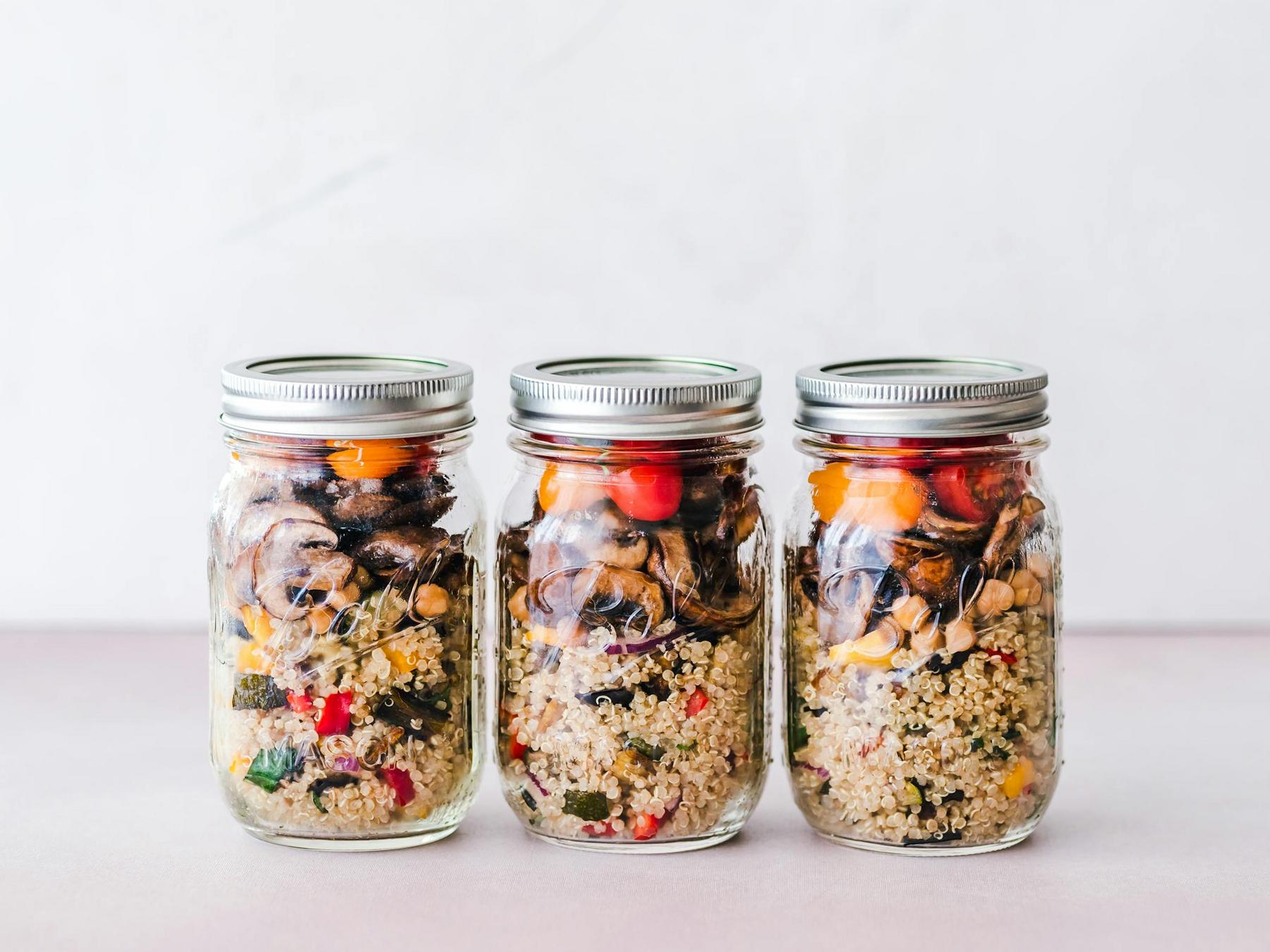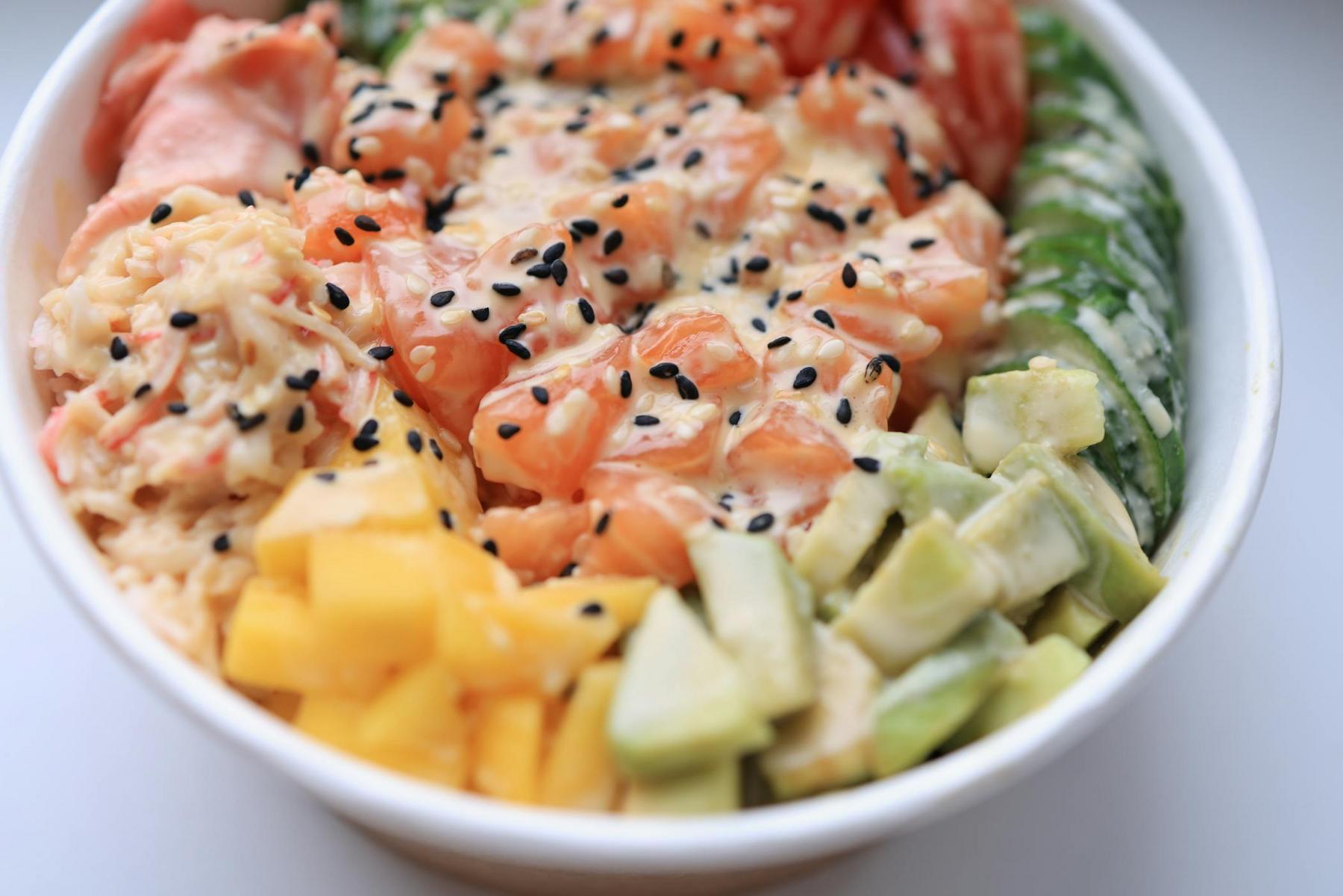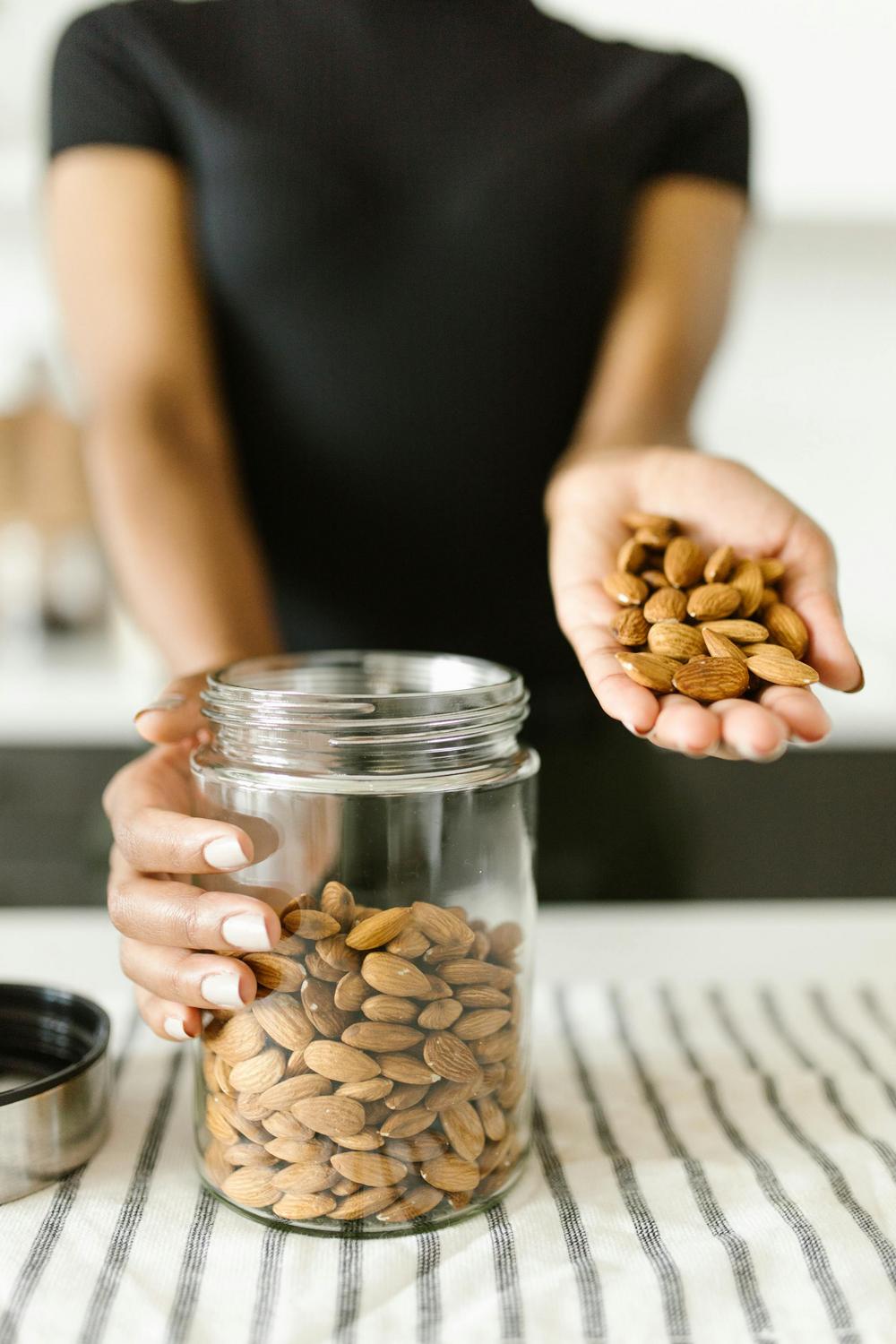In the journey of weight management, snacking often represents a significant challenge. Many Australians struggle with selecting appropriate between-meal options that satisfy hunger without compromising weight goals. The right snacks, however, can actually support weight control efforts rather than hinder them. Research demonstrates that strategic snacking enhances dietary compliance and can contribute to sustainable weight management when approached with evidence-based principles.
What Makes a Snack Suitable for Weight Management?
The foundation of effective weight-control snacking lies in understanding the nutritional components that promote satiety while supporting metabolic health. When evaluating potential snack options, three key nutritional elements deserve priority consideration.
Protein: The Satiety Powerhouse
Protein stands out as perhaps the most critical nutrient for weight-conscious snacking. Research indicates that protein increases thermogenesis (the body’s calorie-burning process) by 15-30% and effectively reduces hunger hormones like ghrelin. This creates a dual benefit: enhanced calorie expenditure alongside reduced appetite.
Optimal high-protein snack options include:
- Hard-boiled eggs (6g protein each)
- Cottage cheese (25g protein per cup)
- Edamame (18g protein per cup)
- Greek yoghurt (typically 15-20g protein per serving)
A protein-rich snack creates lasting satiety, preventing the energy crashes and subsequent hunger that often follow carbohydrate-heavy options.
Fibre: The Digestive Regulator
Dietary fibre plays a crucial role in weight management by slowing digestion, improving gut health, and creating physical fullness with minimal calories. Fibre-rich snacks promote consistent blood sugar levels, reducing the likelihood of energy fluctuations that trigger additional eating.
Excellent fibre-focused snack choices include:
- Berries (8g fibre per cup)
- Apples with a small amount of peanut butter (4.4g fibre)
- Roasted chickpeas (12.5g fibre per cup)
- Raw vegetables with hummus
The combination of water content and fibre creates substantial volume with modest caloric impact, allowing for satisfying portions while maintaining calorie control.
Healthy Fats: The Satisfaction Factor
While fat contains more calories per gram than protein or carbohydrates, strategic inclusion of healthy fats in snacks enhances satiety and flavour satisfaction. Monounsaturated fats, particularly those found in nuts like almonds, have been shown to reduce LDL cholesterol and regulate appetite hormones by 39-45%.
Beneficial fat-containing snack options include:
- Almonds or other tree nuts (6g protein per 30g serving)
- Avocado on wholegrain rice cakes
- Nut butter pairings with fruit or vegetables
- A small amount of dark chocolate (70%+ cocoa)
The key lies in appropriate portion control, as healthy fats remain calorie-dense despite their nutritional benefits.
When Should You Eat Snacks for Optimal Weight Control?
Timing plays a surprising role in the effectiveness of snacking for weight management. Strategic scheduling can enhance overall dietary patterns and prevent overeating at meals.
Strategic Timing Patterns
Research provides interesting insights into optimal snacking schedules:
- Mid-afternoon snacksappear most beneficial. Studies show mid-morning snacking is associated with 4.5% lower weight loss compared to afternoon or evening snacking options.
- Pre-meal strategic snackingwith specific foods like prunes or vegetable sticks with hummus can curb overeating during the subsequent meal.
- Post-exercise recovery snackscontaining both protein and carbohydrates support muscle maintenance while enhancing recovery.
Frequency Guidelines
Australian dietary guidelines suggest limiting snacks to 1-2 per day, with portion sizes around 600 kJ per serving. This controlled approach prevents snacking from becoming continuous grazing, which often leads to unintentional excess calorie consumption.
The quality of snacks remains paramount regardless of timing. Whole foods consistently outperform processed options like bars or crackers, even when overall calorie content appears similar.
Which Snacks Are Scientifically Proven to Support Weight Loss?
Based on comprehensive research, certain snack combinations demonstrate superior efficacy for weight management. The following table highlights evidence-backed options with optimal portion sizes:
| Snack | Key Nutrients | Recommended Portion | Benefits |
|---|---|---|---|
| Greek yoghurt + berries | Probiotics, calcium, antioxidants | ½ cup yoghurt + ½ cup berries | Gut health support, balanced blood sugar |
| Turkey roll-ups with leafy greens | Lean protein, B vitamins | 3 slices turkey + spinach | High protein, minimal calories |
| Homemade kale chips | Vitamins A/C, iron | 1 cup baked | Satisfying crunch, nutrient density |
| Pistachios (in-shell) | Fibre, plant protein | 30g (~49 nuts) | Shell removal slows consumption |
| Cottage cheese + pineapple | Linoleic acid, vitamin C | ½ cup each | Protein-carb balance |
| Dark chocolate (70%+) | Magnesium, iron | 2-4 squares | Satisfaction with portion control |
| Split pea soup | 10g protein per cup | 1 cup | Warming, filling option |
These options balance nutrient density with satisfaction, addressing both physiological hunger and psychological cravings—a crucial combination for sustainable weight management.
How Can You Avoid Common Snacking Pitfalls?
Even with the best intentions, several common snacking mistakes can undermine weight control efforts. Awareness of these pitfalls is essential for developing effective strategies.
“Healthy” Marketing Traps
Many commercially available snacks advertise health benefits while containing problematic ingredients:
- Flavoured yoghurtsoften contain up to 20g of added sugar per serving, negating many of yoghurt’s natural benefits
- Granola and protein barsfrequently include hidden sugars, palm oils, and excessive calories despite “natural” branding
- Fruit juices and smoothiescan deliver substantial sugar without the fibre benefits of whole fruits
These products often create a “health halo” effect, leading consumers to overestimate their nutritional value and potentially consume larger portions.
The Refined Carbohydrate Problem
Simple carbohydrate snacks without protein or fibre companions trigger rapid blood sugar spikes followed by crashes, creating a cycle of hunger and cravings:
- Pretzels, crackers, and plain rice cakes provide minimal satiety despite their calorie content
- White bread products lack the fibre necessary for sustained fullness
- Many “low-fat” options compensate with added sugars or refined starches
These options often lead to increased hunger shortly after consumption, potentially triggering additional unplanned snacking.
Mindless Eating Habits
Environmental and behavioural factors significantly impact snacking outcomes:
- Eating while distracted (watching television, working, or scrolling) increases calorie intake by approximately 25%
- Snacking directly from packages rather than portioned servings leads to consumption of 30-50% more
- Emotional eating patterns often centre around convenience snacks rather than nutritionally supportive options
Developing mindfulness around snacking contexts matters as much as the nutritional composition of the snacks themselves.
What Strategies Help with Snack Preparation and Portion Control?
Implementation strategies transform nutritional knowledge into practical habits that support weight management goals.
Proactive Preparation Approaches
Preparation removes barriers to beneficial snacking choices:
- Weekly batch preparationof portable options like boiled eggs, portioned nuts, or vegetable sticks with hummus
- Strategic grocery shoppingwith a focus on fresh produce and protein sources rather than packaged snack products
- Kitchen organisationthat prioritises visibility of weight-supporting options while reducing access to less optimal choices
Creating an environment where beneficial choices require less effort than problematic ones significantly enhances compliance.
Practical Portion Management
Portion control tools and strategies prevent unintentional overconsumption:
- Use ¼-cup measures for nuts, seeds, and other calorie-dense options
- Employ small containers for dips and spreads
- Pre-portion snacks rather than eating from original packaging
- Implement the hydration check: drink water before snacking, as approximately 20% of hunger cues actually stem from dehydration
These practical approaches create physical boundaries that support metabolic health without requiring constant willpower or calculation.
The Role of Snacking in Comprehensive Weight Management
When integrated thoughtfully, strategic snacking contributes meaningfully to overall weight management success. Studies confirm that intentional snacking improves dietary compliance, with participants incorporating 2.8 more daily vegetable servings when following structured snacking protocols.
The most sustainable approach recognises that effective weight management extends beyond simple calorie mathematics into the realms of satisfaction, consistency, and metabolic health. By selecting nutrient-dense options, timing consumption strategically, and implementing practical portion controls, snacking becomes a supportive tool rather than an obstacle in weight management.
For individuals with consistent weight management challenges despite implementing evidence-based strategies, comprehensive medical approaches may provide additional support. Weight management specialists can assess metabolic factors, medication interactions, and personalised nutritional requirements beyond general recommendations.
Does snacking inevitably lead to weight gain?
No, strategic snacking can actually support weight management when implemented correctly. Research demonstrates that nutrient-dense snacks containing protein, fibre, and healthy fats enhance satiety, regulate blood sugar, and prevent overeating at subsequent meals. The key factors are nutritional composition, appropriate timing, and portion control rather than the act of snacking itself.
How many snacks per day are appropriate for weight control?
Australian dietary guidelines suggest limiting snacks to 1-2 daily, with portions around 600 kJ (about 143 calories) each. This controlled approach prevents continuous grazing while providing metabolic support between meals. Individual needs can vary, so personalized guidance may be beneficial.
Can fruit be too high in sugar for weight management snacks?
Whole fruits are generally appropriate for weight management plans despite containing natural sugars. The fibre in whole fruits slows sugar absorption, and pairing them with protein sources can further enhance their satiety and balance blood sugar levels.
Are protein bars good options for weight management?
Protein bars can vary widely in quality. Many contain added sugars, palm oils, and artificial ingredients. If choosing a protein bar, look for one with minimal ingredients, at least 10g of protein, less than 5g of sugar, and around 200 calories or fewer per serving.
Should snacks be avoided entirely in the evening?
Evening snacks aren’t inherently problematic for weight management. Protein-focused evening snacks can support metabolism and muscle maintenance, while large, carbohydrate-heavy snacks might affect sleep quality. Adjusting dinner composition or timing may be a better strategy than completely avoiding evening snacks.



